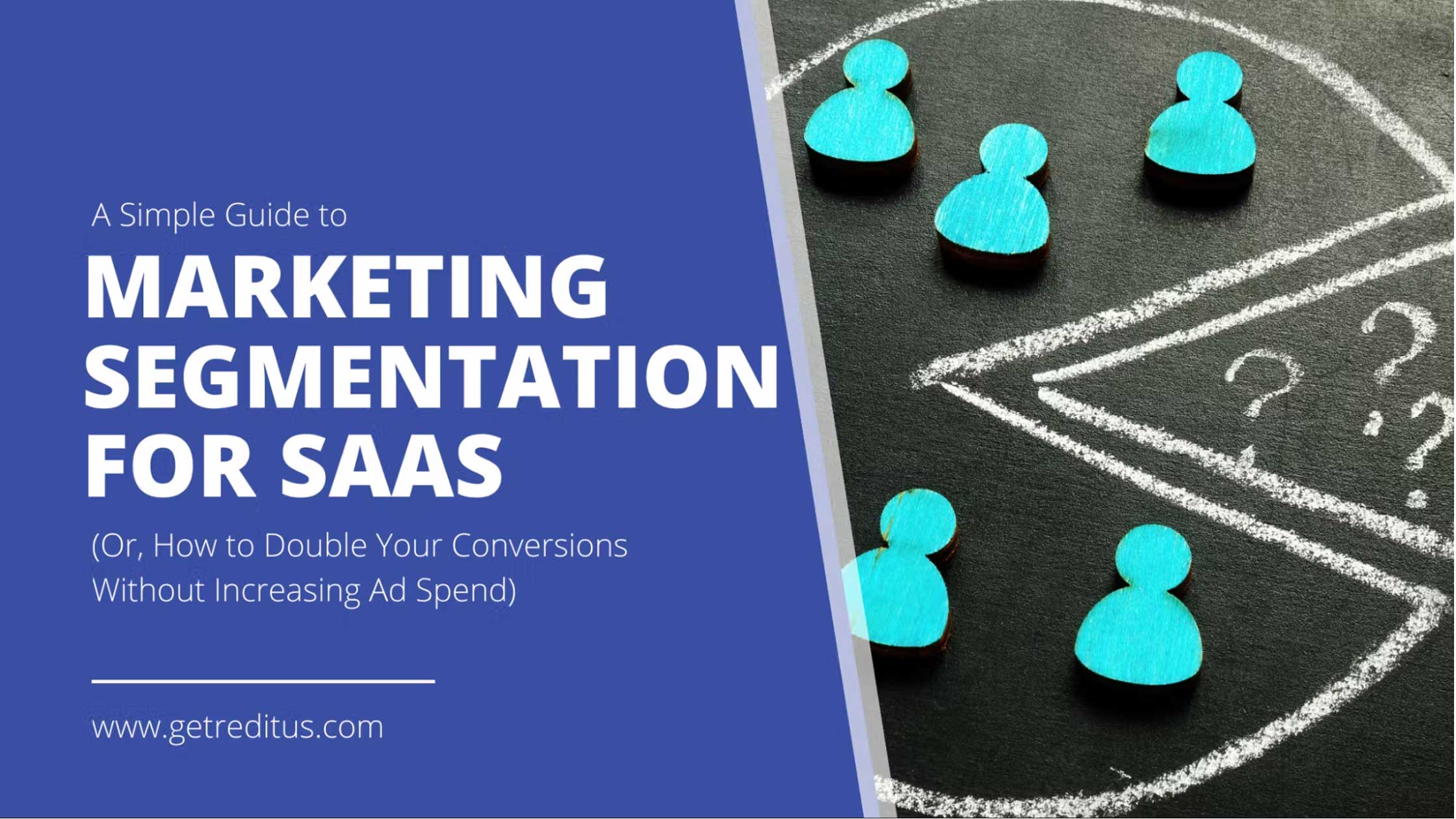Paid advertising for SaaS: Does it still work in 2024?
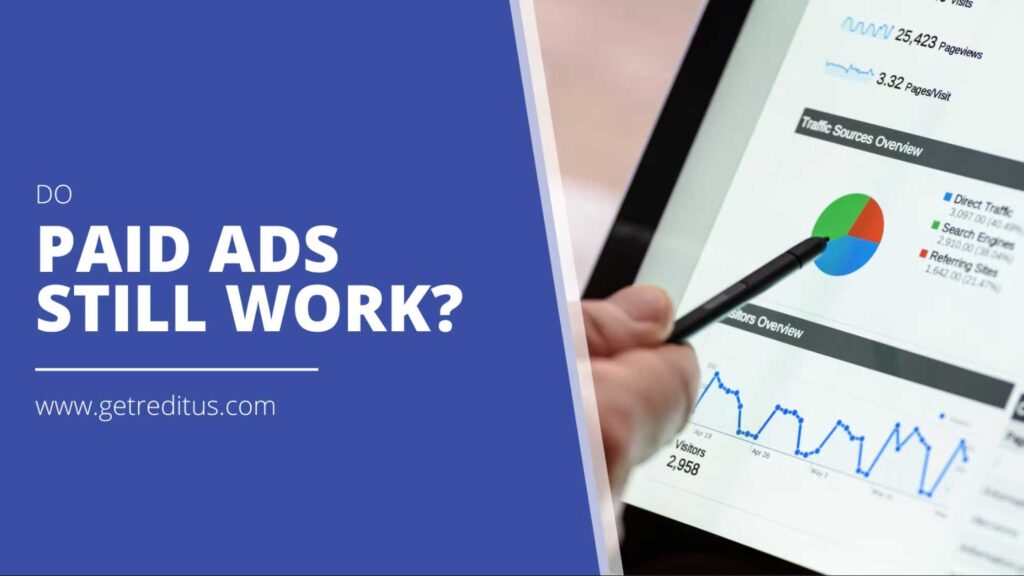
Paid advertising is one of the most effective ways to reach your target audience and generate leads for your SaaS. But with so many different platforms and targeting criteria available, it can take time to know where to start.
This article will discuss some of the best ways to use paid advertising for your SaaS product and how to reach your target customers.
We'll also explore some of the challenges you may face and how to overcome them.
Read on for everything you need to know about paid advertising for SaaS in 2024.
Table of contents
Is Paid Advertising Still Effective in 2024?
There's no easy answer to this question.
On the one hand, paid advertising channels like Google Ads and LinkedIn Ads offer targeting options that didn't exist a few years ago.
On the other hand, the cost of paid advertising has been rising steadily, and there's no guarantee that your target audience will see your ads.
The truth is, the answer to this question depends on several factors, including:
- Your target audience
- Your product
- Your budget
- Your goals
If you need clarification on whether paid advertising is suitable for your SaaS, the best way to find out is to test it yourself.
Start with a small budget and see how your target audience responds. You can gradually increase your budget if you're happy with the results.
Let's explore some of the best paid advertising methods for your SaaS product.
The Different Types of Paid Advertising and How They Work
When it comes to paid advertising, there are a few different types of ads that you can use, each with its advantages and disadvantages. The most common types of paid advertising are display ads, search ads, and social media ads.
Display Ads
Display ads are the traditional banner ads that you see on websites. They can be effective if placed on high-traffic websites relevant to your target audience. However, customers can easily ignore them if they are not well-designed or relevant to the viewer.

Search Ads
Search ads are the ads that appear at the top of search engine results pages (SERPs). They are often more effective than display ads because they are specifically targeted to users who are already interested in your products or services.
However, they can be more expensive to run than display ads.
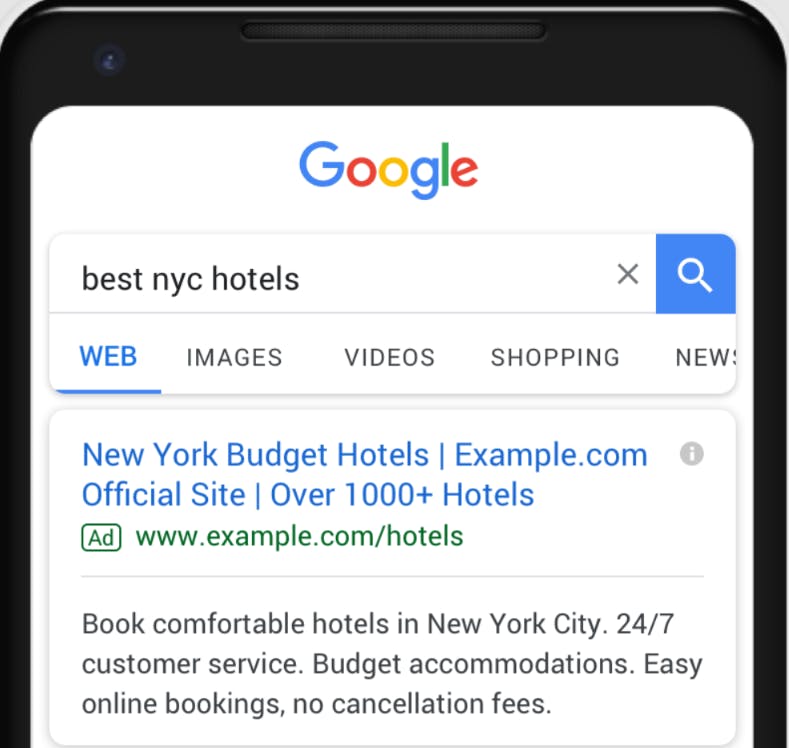
Social Media Ads
Social media ads are paid ads on social media platforms like Facebook, Twitter, and LinkedIn. They are typically less expensive than search ads and can be very effective if they are well-targeted to your target audience.
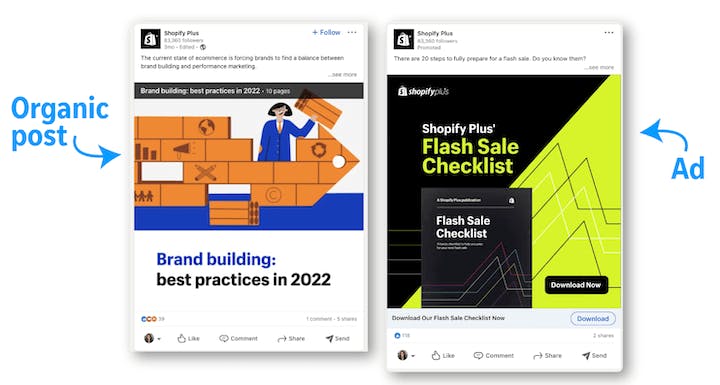
What are the different pricing models of paid advertising?
When planning your paid advertising campaign, you must choose a pricing model that best fits your needs.
The most common pricing models are cost-per-click (CPC), cost-per-thousand-impressions (CPM), and cost-per-acquisition (CPA).
CPC is the most common pricing model, meaning you will pay each time someone clicks on your ad.
CPM is less common and means you will pay each time your ad is shown, regardless of whether it is clicked on.
CPA is the least standard pricing model and means you will pay each time someone completes a desired action, such as signing up for a free trial or making a purchase.
Affiliate marketing is an example of a CPA pricing model. In this case, you would pay your affiliates each time they drove a sale or lead for your product.
What Are Some of the Challenges of Paid Advertising?
As we mentioned earlier, one of the biggest challenges of paid advertising is the cost.
If you're not careful, you can quickly burn through your budget without seeing any results. Additionally, paid advertising can be very time-consuming. You'll need to constantly monitor your campaign to ensure it performs well and makes the most of your budget.
Another challenge of paid advertising is ensuring that your ads are well-targeted and relevant to your target audience. If your ads are irrelevant, customers will ignore them, and you will waste money.
You might think that targeting should be easy, but it can be tricky to get right. You'll need to research your target audience and understand what they are looking for. Once you have a good understanding of your target audience, you can start to create ads that are relevant to them.
Finally, you need to ensure that you are tracking the results of your paid advertising campaign to analyze its effectiveness.
Without tracking, you will not be able to improve your campaign or make the most of your budget.
How Can You Make Your Ads More Effective? 5 Practical Tips
Now that we've gone over some of the challenges of paid advertising, let's look at how you can create successful ads.
1. Keep your ads relevant
As we mentioned before, one of the most important things to remember when creating paid ads is to ensure they are relevant to your target audience.
To make sure that your ads are relevant:
- Do your research: Spend some time researching your target audience so that you have a good understanding of their needs and wants.
- Create targeted ads: Use the targeting criteria available on each ad platform to ensure that your ads are only being shown to your target audience.
- Write RELEVANT ad copy: Your ad copy should be relevant to your target audience and address their needs.
- Use relevant images: The images you use in your ads should be relevant to your target audience and your product.
2. Make your ads stand out
Your ads need to stand out from the rest to grab attention and convince people to click on them. Here are some tips:
- Use strong headlines: Write headlines that are clear and to the point.
- Use persuasive language: Use persuasive language in your ad copy to convince people to try out your product.
- Use compelling images: Use eye-catching images relevant to your product.
- Use offer incentives: Offer incentives, such as discounts or free trials, to persuade people to click on your ads.
3. Test, test, test!
The only way to know for sure if your paid advertising campaign is effective is to test it. Try different ad strategies and see which ones work best for your business.
Also, track your results so you can see what's working and what's not. If something needs to be fixed, feel free to change it.
4. Paid advertising is not a one-time thing
Paid advertising is an ongoing process that requires regular maintenance and adjustments. Be prepared to spend time and money on your campaign on an ongoing basis.
5. Have realistic expectations
Paid advertising is just one piece of the marketing puzzle. It's important to have realistic expectations for your campaign.
Paid advertising can be a great way to generate leads, but it's not a magic bullet. It takes time, effort, and ongoing testing to make it work.
What Are Some Alternatives to Paid Advertising?
You can use many different marketing strategies to reach your target audience. Here are a few alternatives to paid advertising:
- SEO: Optimizing your website and content for search engines can help you organically rank higher in search results, making it more likely that potential customers will find your product.
- Content marketing: Creating valuable, relevant content can help attract leads and build trust with potential customers. You can distribute your content through your website, blog, social media, and email list.
- PR: Getting mentions in the press can help raise awareness for your product and build credibility. You can reach out to journalists and bloggers in your industry to get them to write about your product.
- Social media marketing: Posting engaging content and ads on social media can help you reach a larger audience and generate leads.
- Word of mouth: Encouraging customers and users to spread the word about your product can effectively reach new potential customers.
And, of course, affiliate marketing.
Affiliate marketing combines the power of word-of-mouth marketing with the reach of paid advertising. By partnering with influencers and other websites, you can get your product in front of a new audience.
When done correctly, affiliate marketing can be a very effective way to reach your target audience and generate leads.
Fortunately, affiliate marketing platforms like Reditus make it easy to create your affiliate program and find high-quality partners.
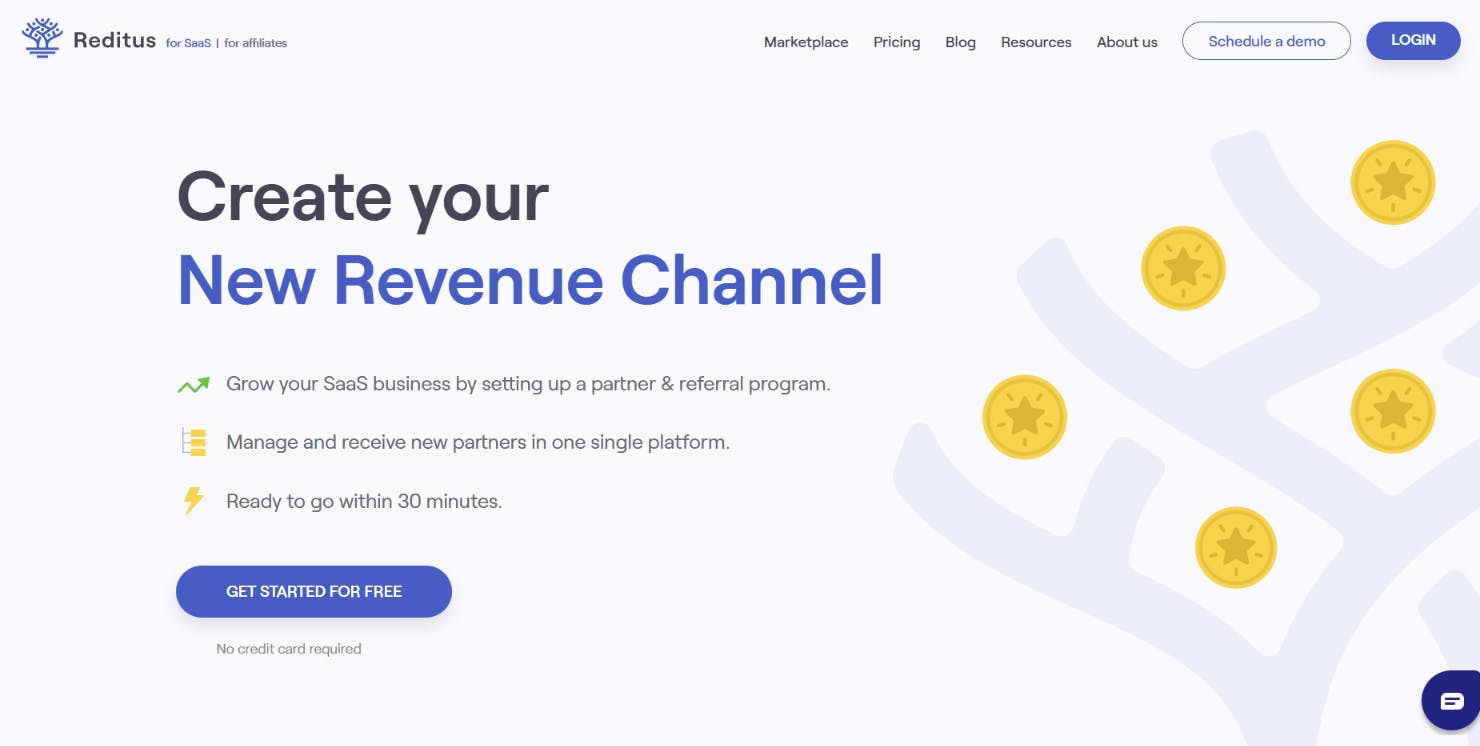
Reditus provides you with all the tools you need to run a successful affiliate program, including:
- A user-friendly interface
- Detailed tracking and reporting
- Fraud prevention
- Payment processing
And more
With Reditus, you can focus on what you do best – running your business – while we care for the rest.
If you're ready to take your affiliate program to the next level, sign up for a free trial of Reditus today.
The Verdict?
Paid advertising can still be an effective way to reach your target audience and generate leads in 2023. Using the proper targeting criteria and ad platforms, you can create ads that resonate with your potential customers and convince them to try out your product.
And, if you're looking for alternative marketing strategies, affiliate marketing can be a great option.
With Reditus, you can easily create and manage your affiliate program, so you can focus on running your business.
To see for yourself, create a free Reditus account today.
